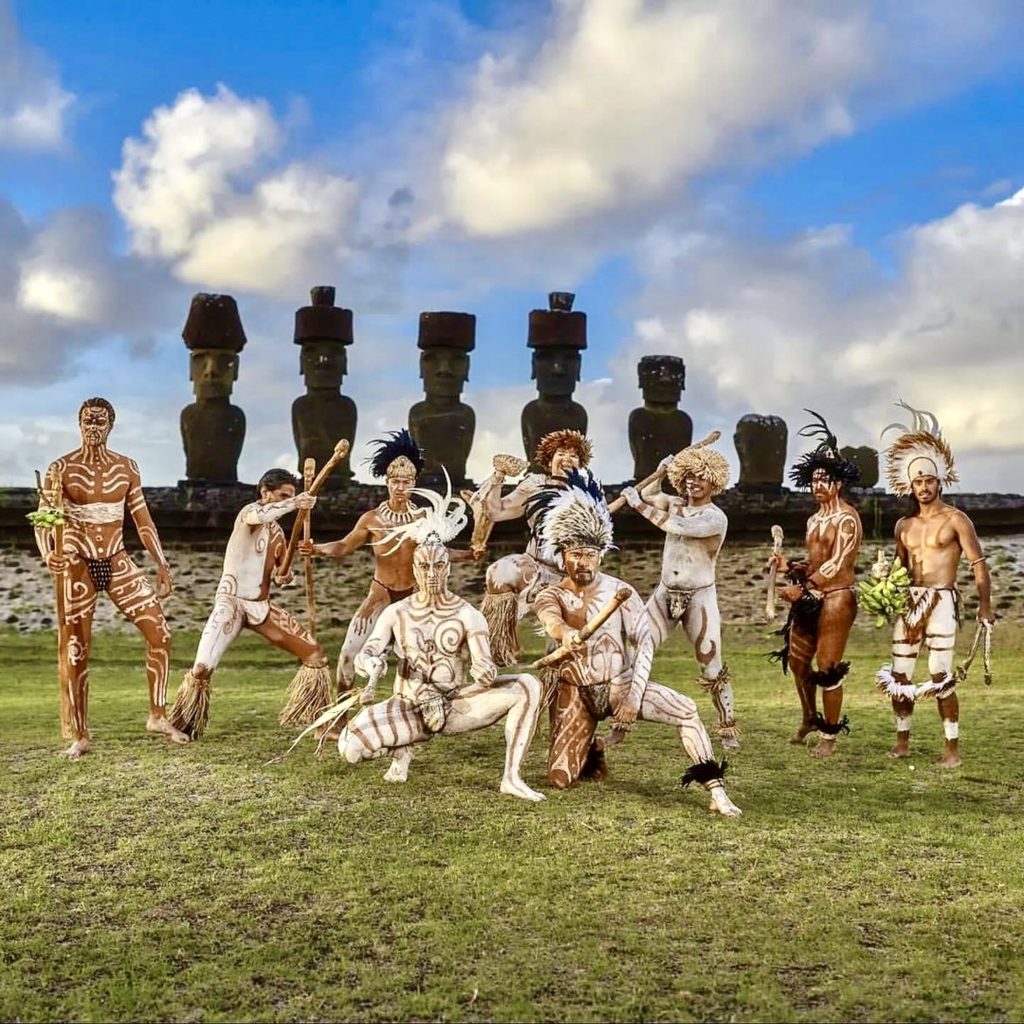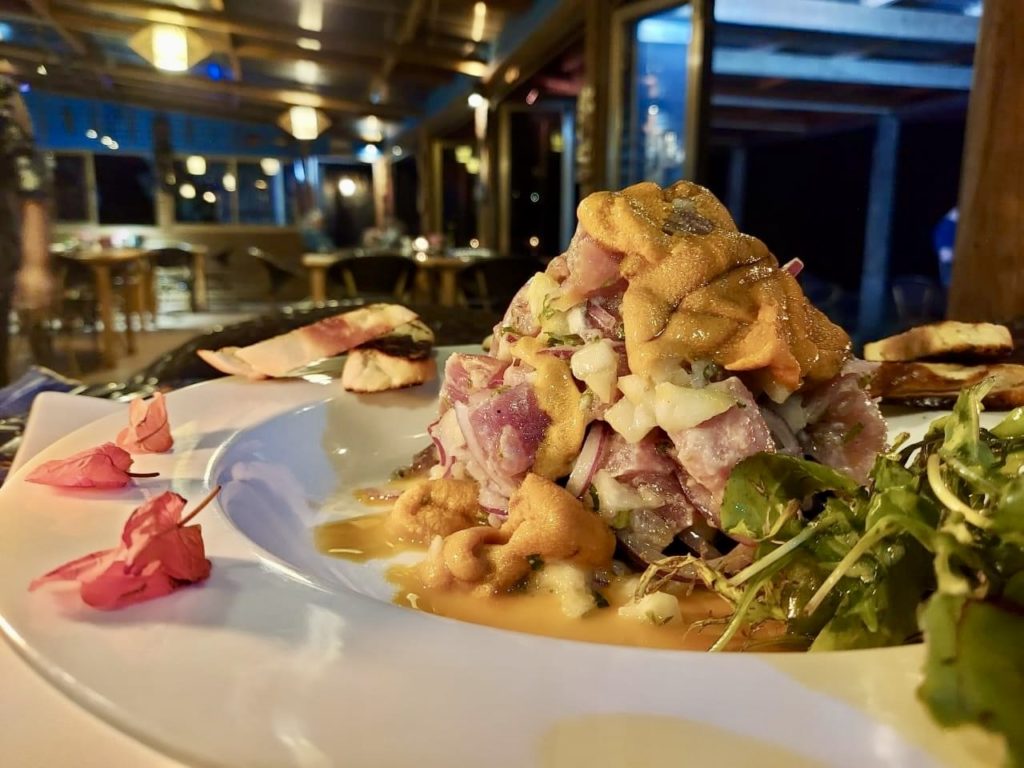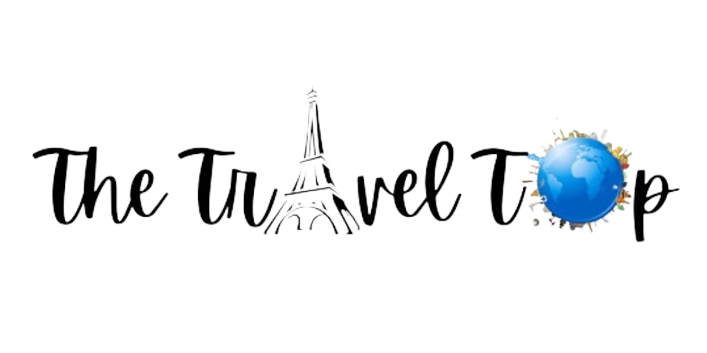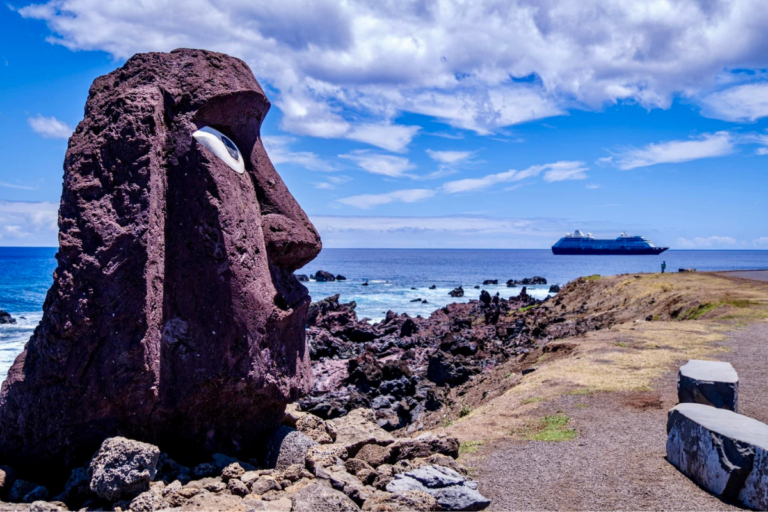Located in the vast expanse of the Pacific Ocean, Easter Island, also known as Rapa Nui, stands as a testament to both the ingenuity and mystery of ancient civilizations.
This remote island, famed for its enigmatic moai statues, has long captivated travelers with its unique blend of history, culture, and natural beauty.
The history of Easter Island is shrouded in mystery, with its origins dating back over a thousand years.
Believed to have been settled by Polynesians around 1200 CE, the island flourished for centuries in isolation until the arrival of European explorers in the 18th century.
The iconic moai statues, carved from volcanic rock, are a striking symbol of the island’s ancient civilization, representing the ancestral spirits of the Rapa Nui people.
When exploring Easter Island, certain regions stand out for their historical significance and natural splendor.
One must-visit destination is the Rano Raraku quarry, where the majority of the island’s moai were carved. Here, visitors can witness the unfinished statues still embedded in the earth, providing a glimpse into the island’s ancient craftsmanship.
Another essential stop is the ceremonial village of Orongo, perched atop the crater of Rano Kau volcano. This site offers breathtaking views of the island and provides insight into the religious rituals of the Rapa Nui people.

What You Can Not Miss
When visiting Easter Island, certain experiences simply cannot be missed. One of the highlights is witnessing the awe-inspiring sunrise at Ahu Tongariki, where 15 colossal moai statues stand proudly against the backdrop of the Pacific Ocean.
This iconic site offers a magical ambiance as the sun casts its first rays upon the ancient stone figures, creating a truly unforgettable spectacle.
Another must-see attraction is Anakena Beach, a picturesque stretch of golden sand framed by swaying palm trees and crystal-clear waters. Besides being an ideal spot for relaxation and swimming, Anakena is also home to several restored moai statues and ancient Polynesian structures, adding a cultural dimension to its natural beauty.
Curiosity
For a fascinating curiosity, don’t miss the opportunity to explore the intricate network of underground caves and tunnels known as Ana Kai Tangata.
Adorned with ancient rock paintings depicting birds and sea creatures, these caves provide insight into the spiritual beliefs and artistic expression of the Rapa Nui people.
Best Time to Visit Easter Island
The best time to visit Easter Island is during the shoulder seasons of spring (September to November) and fall (March to May). During these months, the weather is mild, with fewer crowds compared to the peak tourist season of December to February.
Additionally, visiting during the shoulder seasons allows for a more immersive experience, with better opportunities to explore the island’s attractions without the hustle and bustle of peak tourism.
How to Get to Easter Island
Easter Island is one of the most remote inhabited islands in the world, located about 2,300 miles (3,700 kilometers) off the coast of Chile.
The only way to reach the island is by air, as there are no regular ferry services. Most visitors fly to Easter Island from Santiago, Chile’s capital city.
By Air: The Mataveri International Airport (IPC) on Easter Island is served by regular flights from Santiago operated by LATAM Airlines. The flight duration is approximately five and a half hours. It’s essential to book flights well in advance, as seats can be limited, especially during peak travel seasons.
What to Do on Easter Island
- Explore the Moai Statues: Visit the iconic moai statues scattered across the island, including the famous sites of Ahu Tongariki, Rano Raraku, and Anakena Beach. Hire a local guide to learn about the history and significance of these ancient stone figures.
- Visit Orongo Village: Explore the ceremonial village of Orongo, located atop the Rano Kau volcano crater. This site offers panoramic views of the island and provides insight into the island’s cultural heritage and religious practices.
- Hike to Rano Kau: Embark on a trek to the Rano Kau volcano, known for its stunning crater lake and diverse flora and fauna. The hike offers opportunities for birdwatching and breathtaking views of the surrounding landscape.
Where to Stay
- Hanga Roa: The main town of Hanga Roa offers a variety of accommodation options, including hotels, guesthouses, and hostels catering to different budgets. Some popular choices include the Hangaroa Eco Village & Spa and the Hotel Altiplanico.
- Camping: For budget travelers and outdoor enthusiasts, camping is permitted at designated campsites on the island. Remember to obtain the necessary permits and follow Leave No Trace principles.
Where to Eat
- Te Moana: Enjoy fresh seafood and traditional Polynesian cuisine at Te Moana, located in Hanga Roa. Specialties include ceviche, grilled fish, and poisson cru (marinated raw fish).
- Kaloa: Indulge in a culinary journey at Kaloa, known for its fusion of local and international flavors. Dishes feature locally sourced ingredients, with options for vegetarians and meat lovers alike.
- Mai Tai: For a taste of island nightlife, head to Mai Tai for tropical cocktails and live music. This popular bar and restaurant offer a lively atmosphere and delicious drinks to unwind after a day of exploring.

This remote island, with its ancient moai statues standing sentinel against the passage of time, is more than just a destination; it is a testament to the resilience and creativity of the human spirit.
From the lush valleys to the rugged coastline, every corner of Easter Island holds a story waiting to be discovered.
Until we meet again, Easter Island beckons, inviting you to embark on another journey of exploration and discovery. Travel Top!
You may also like,
- Skiing Destinations, Discover the Top Ones Across the USA
- Easter Island and its Mystique
- Five Stunning Beaches in Brazil: A Paradise Awaits
- Aare River: A Serene Journey Through Bern, Switzerland
- Exploring the Charms of Oahu, Hawaii

